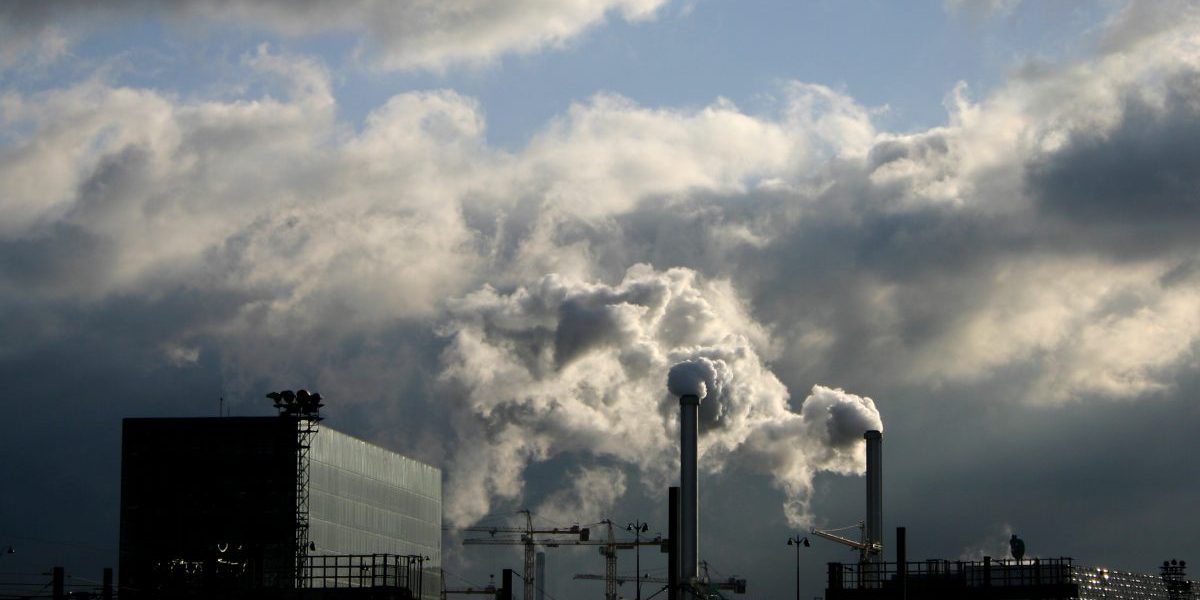In its World Energy Outlook 2005 report, released in November, the intergovernmental agency warns that alternative energy policies are needed to combat climate change.
‘We must change these outcomes and get the planet onto a sustainable energy path,’ said William Ramsay, the IEA’s deputy executive director.
As developing nations’ economies expand with growing industrialisation, so do their energy requirements. But burning fossil fuels such as coal and oil to generate power releases large quantities of carbon dioxide – the main gas responsible for climate change – into the atmosphere.
According to reports, China alone will account for three-quarters of the projected increase in emissions. Overall, developing countries will produce half of all global carbon dioxide emissions by 2030, up from 37% today.
The day after the report was released, China pledged to increase its use of renewable energies sources such as wind and solar to 15% of its total by 2020.
The IEA report also predicts that energy consumption in Middle East and North Africa will double by 2030.
The region’s share of global oil production could rise from 35% today to 44% in 2030, says the report. But these countries would need to invest $56 billion a year in funding for energy infrastructure.
Without this investment, crude oil prices will rise sharply, reducing growth in the global energy demand, and cutting the region’s export revenues by more than $1 trillion over the coming 25 years.
The IEA also considered what would happen if cleaner energy resources were used to achieve goals for reducing climate change set at the G8 Summit in July 2005.
In this scenario India, China and the 26 industrialised nations represented in the IEA would need less oil and gas from the Middle East and North Africa, and carbon dioxide emissions would rise less sharply, which would mean that emissions rise by about one-third rather than a half between now and 2030.








